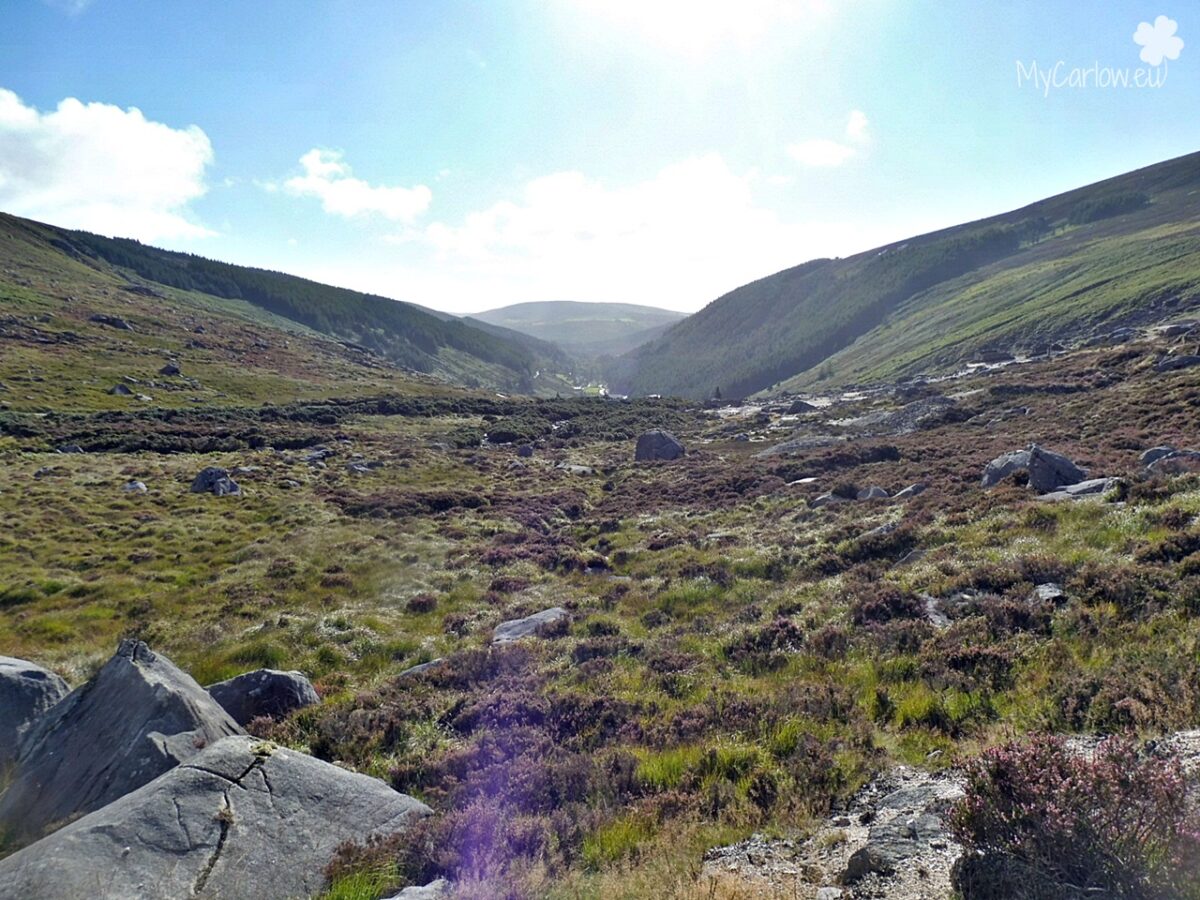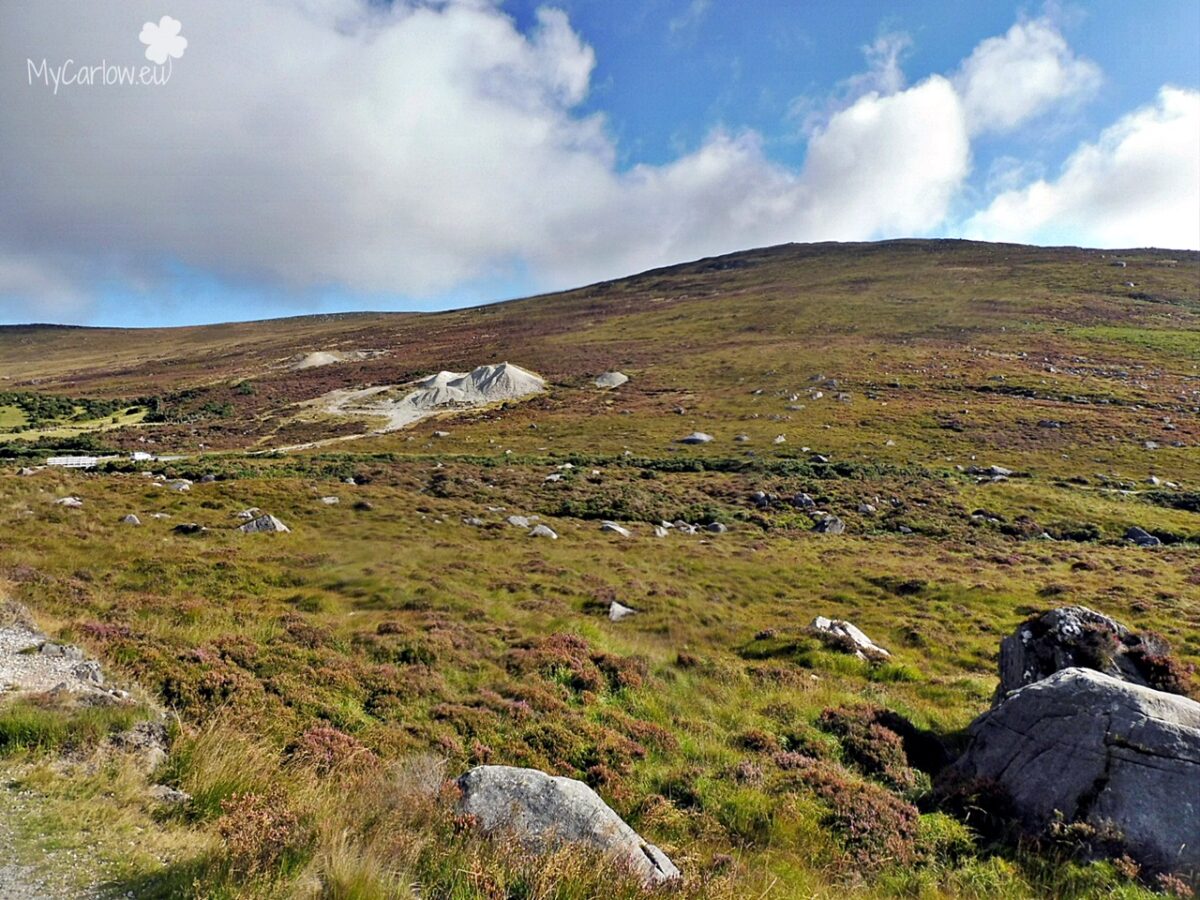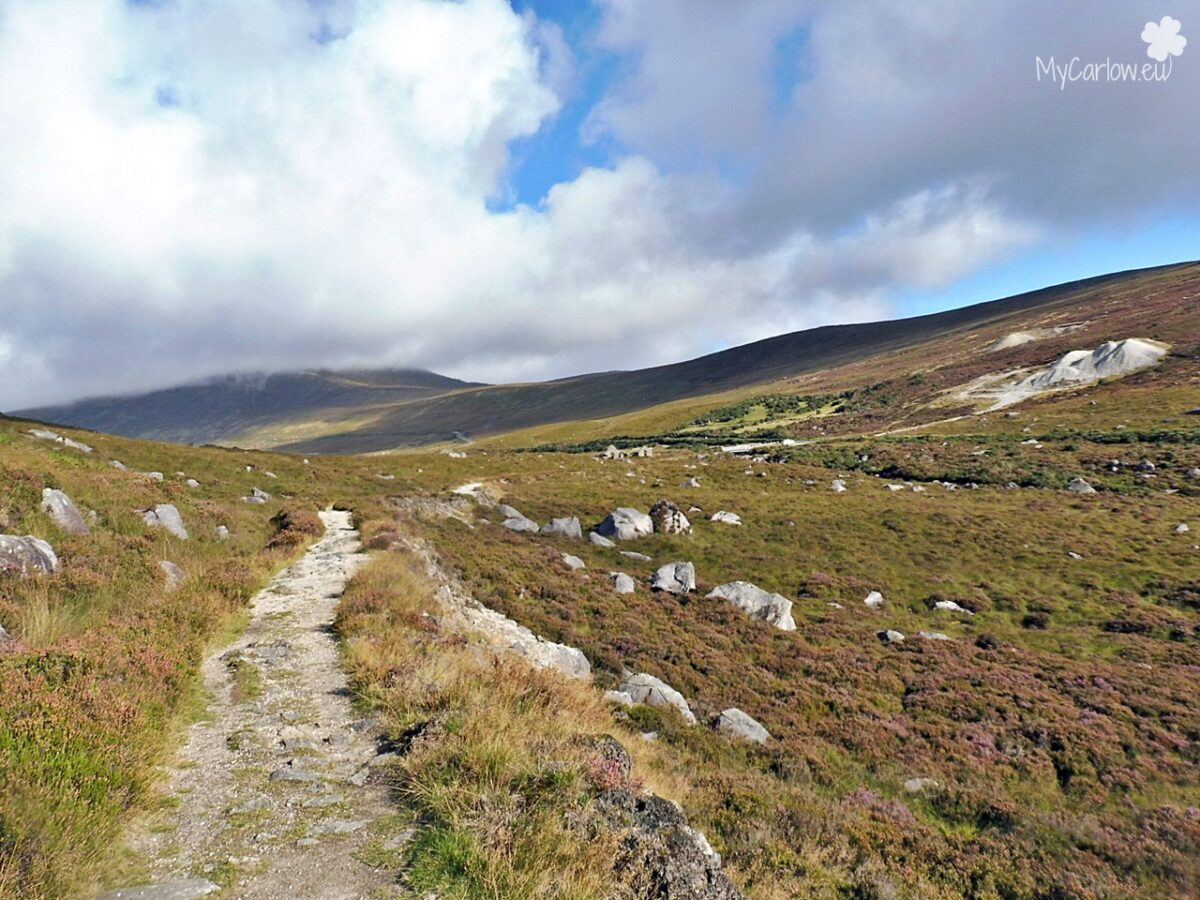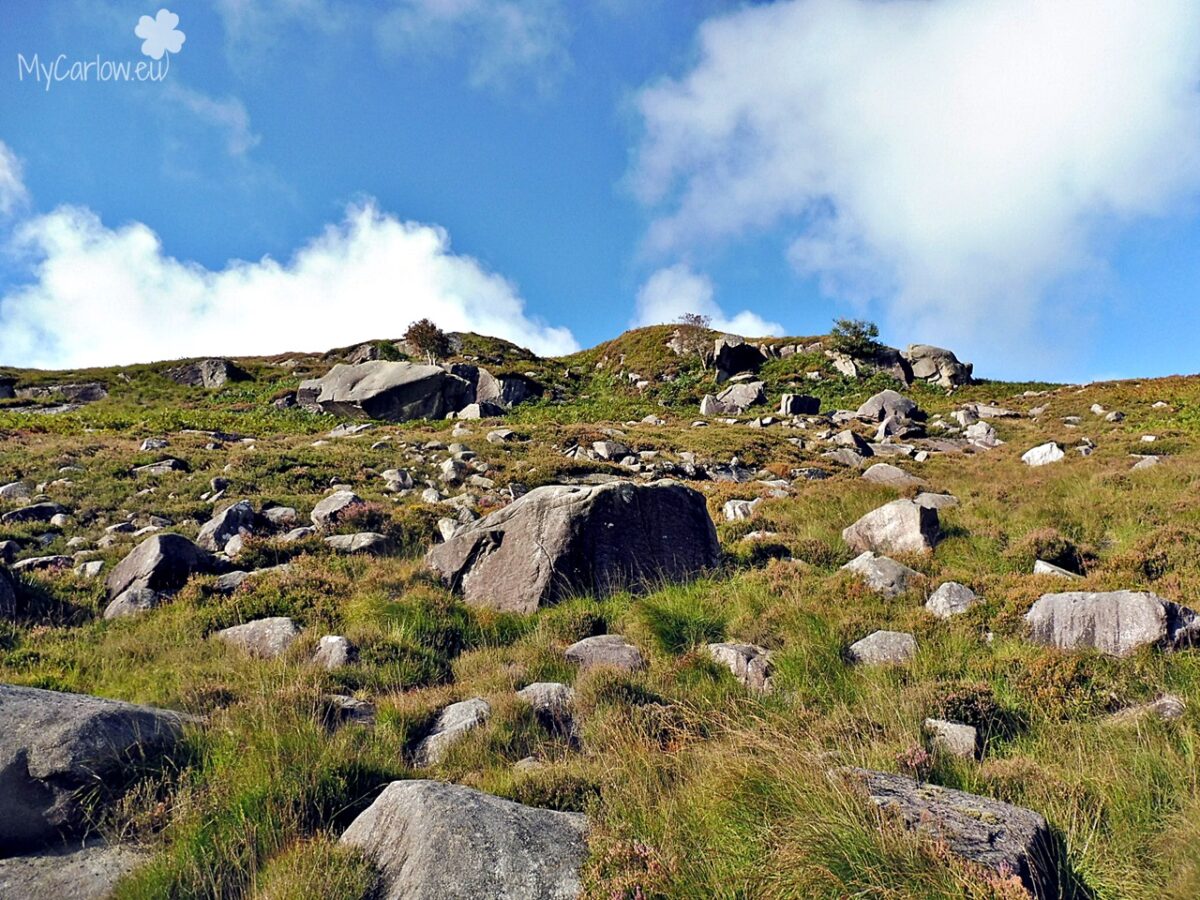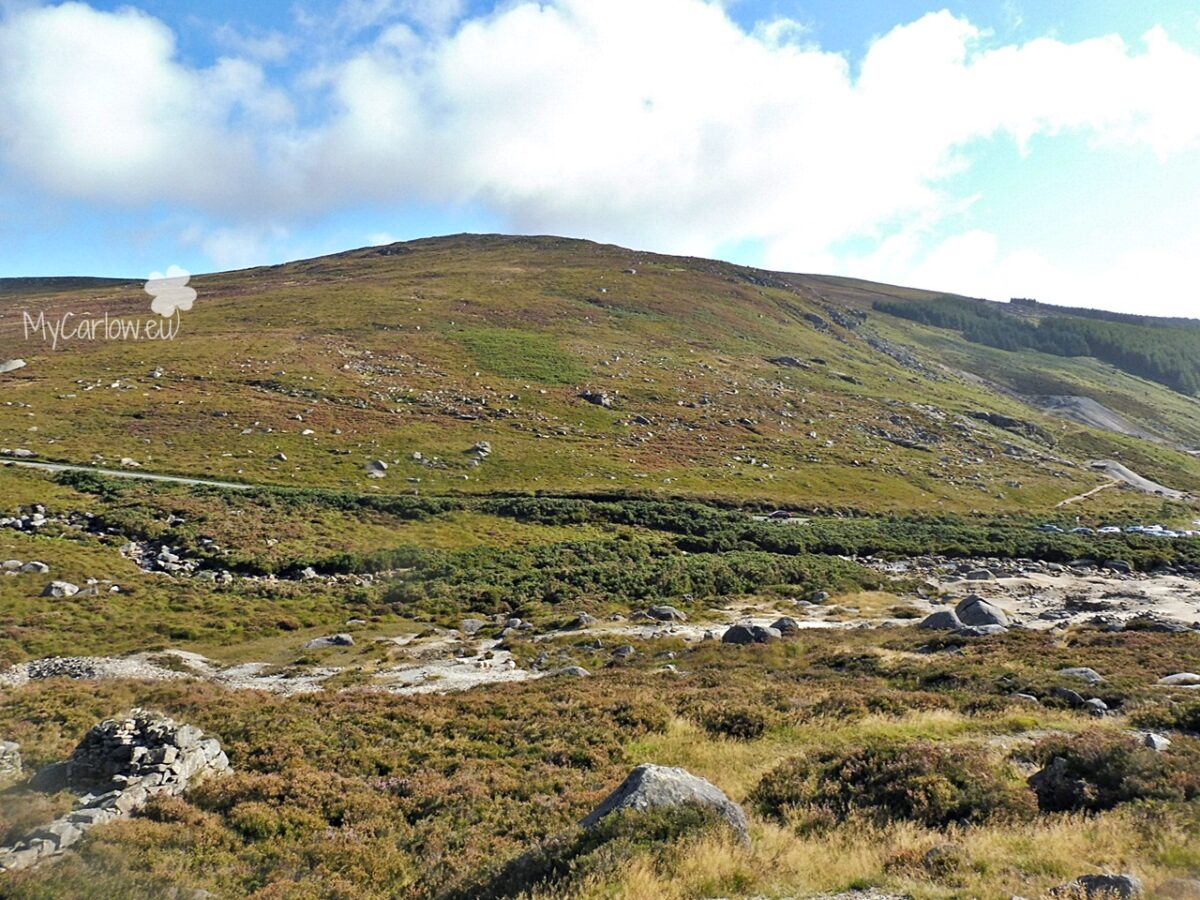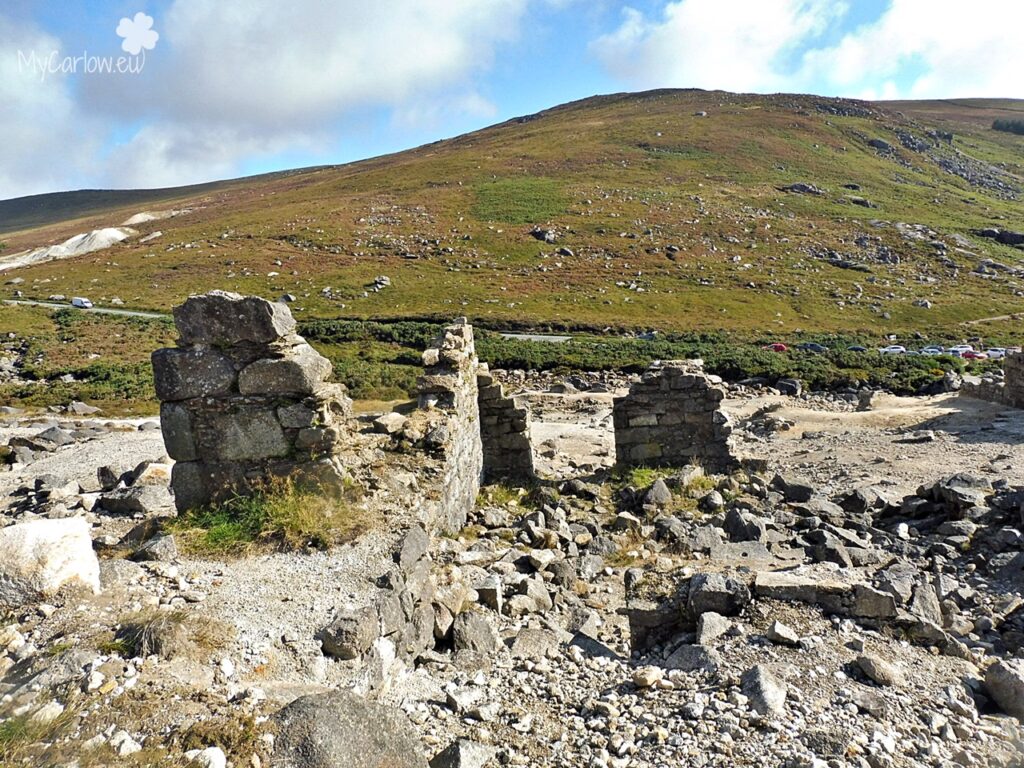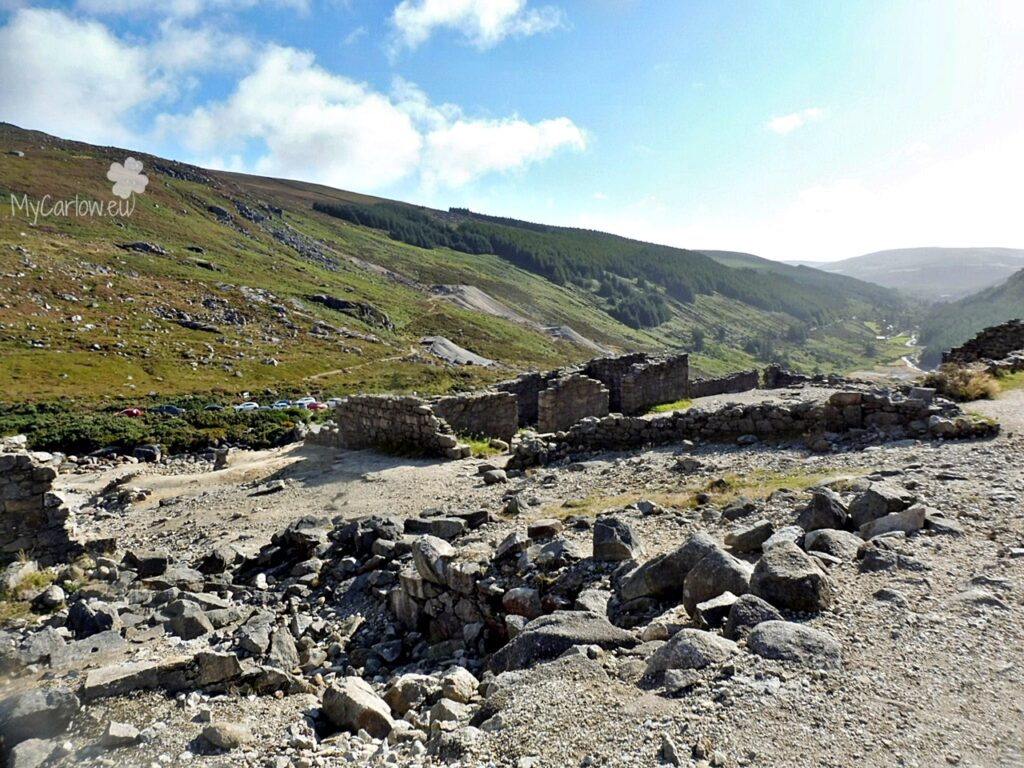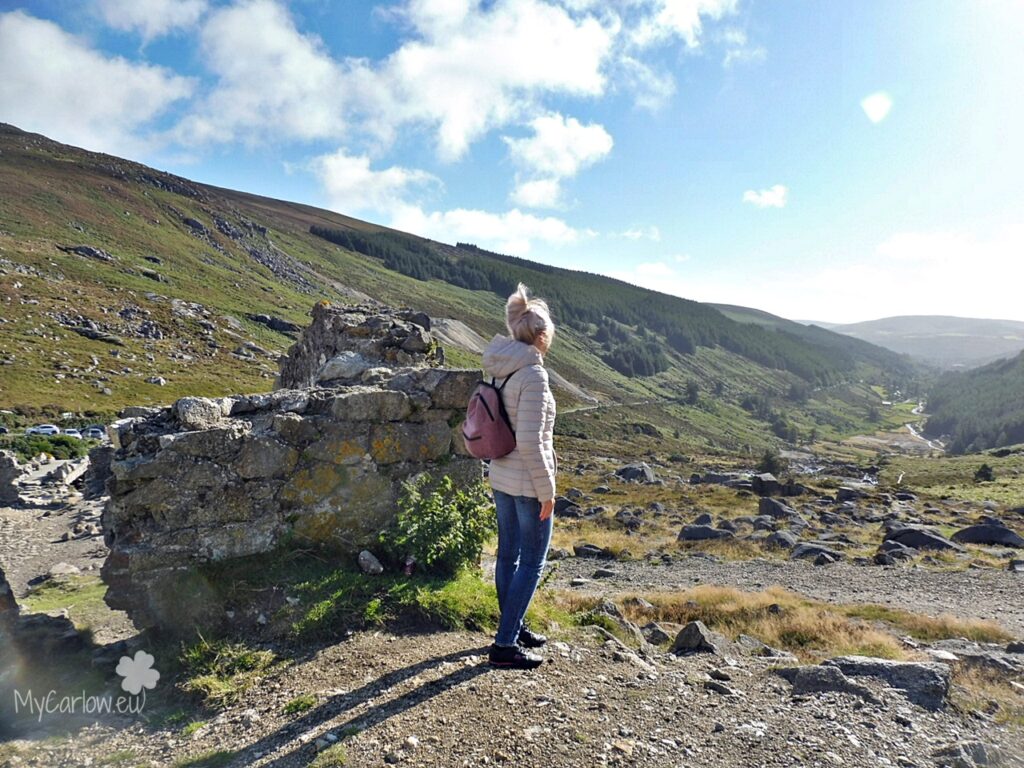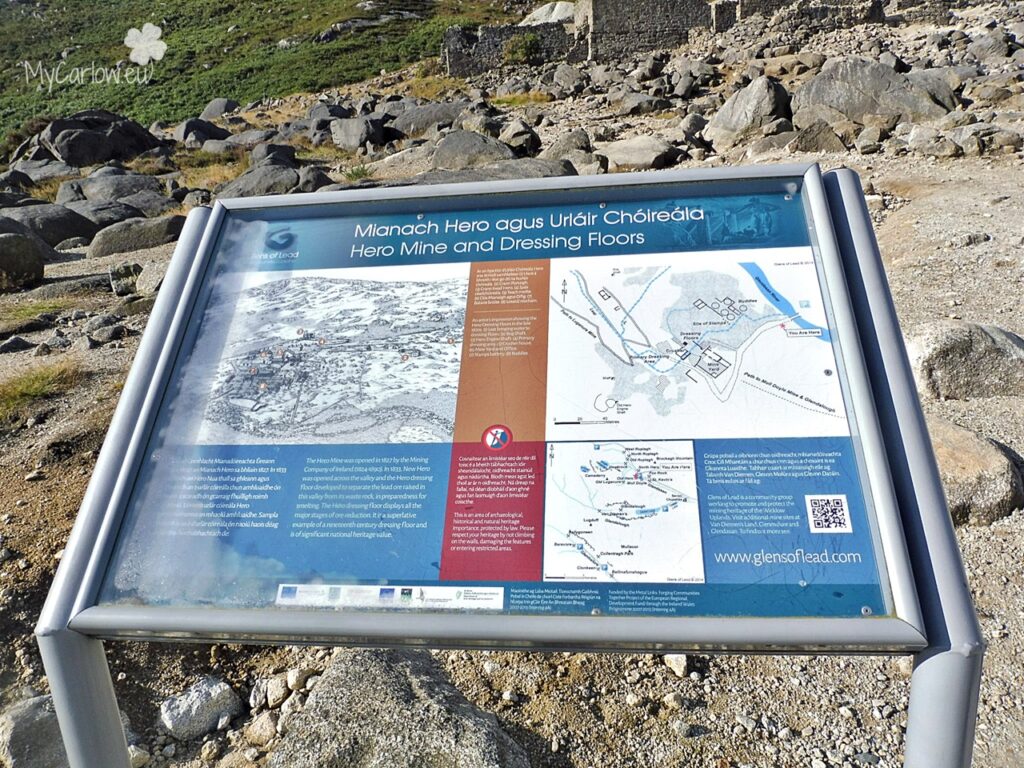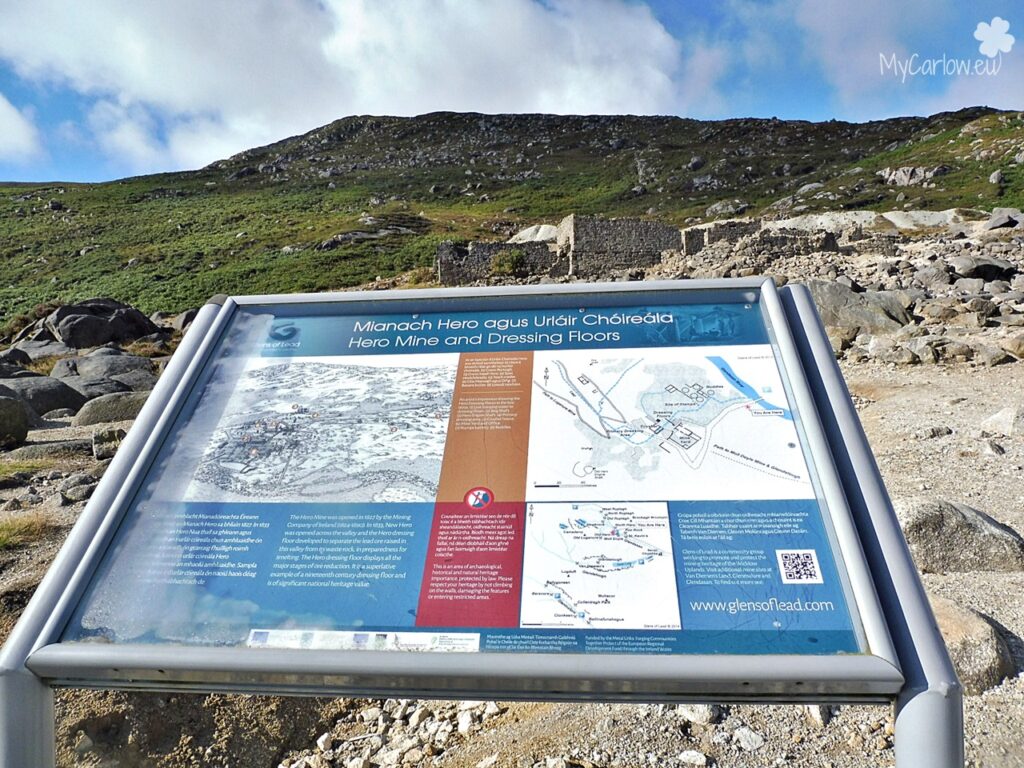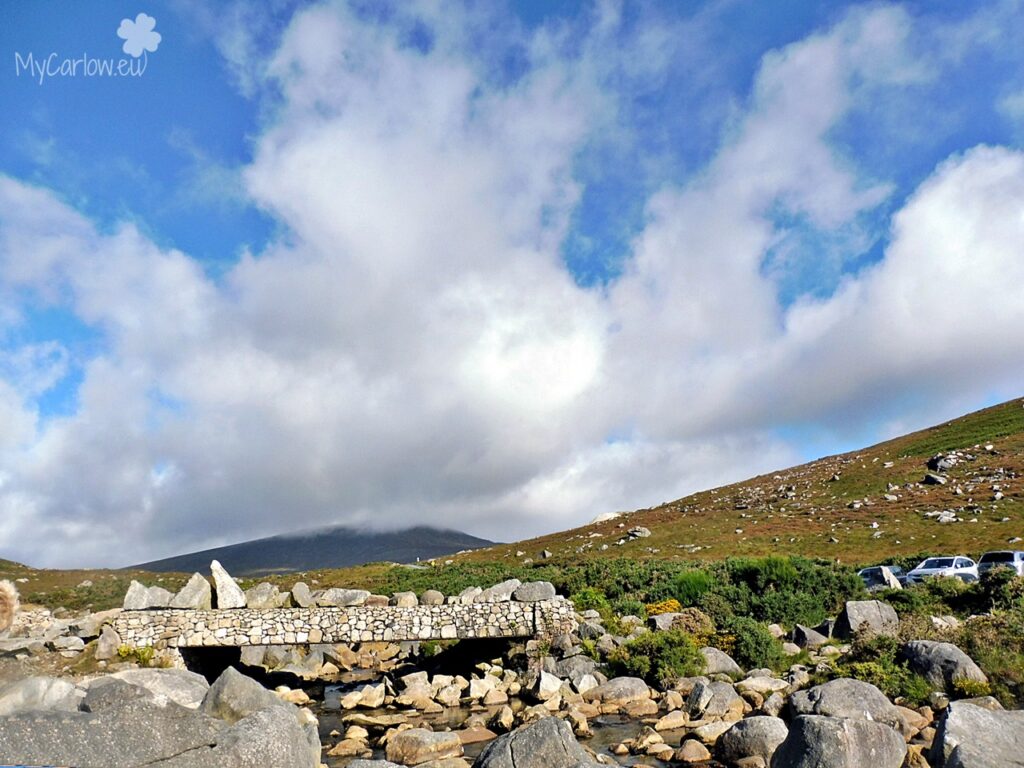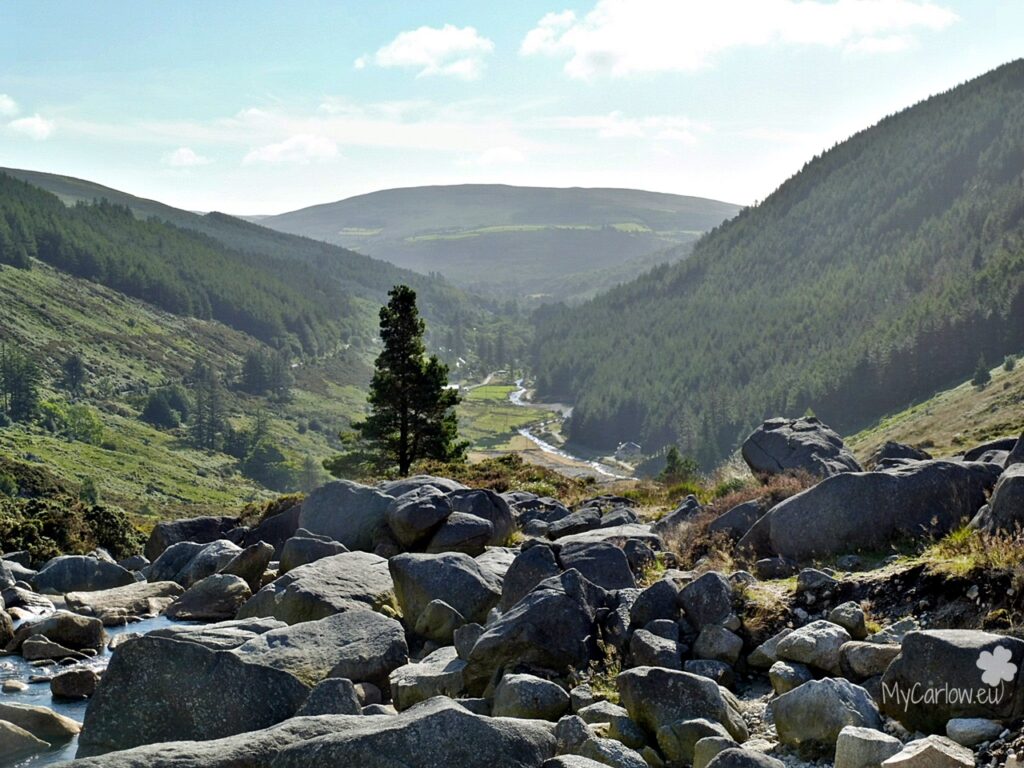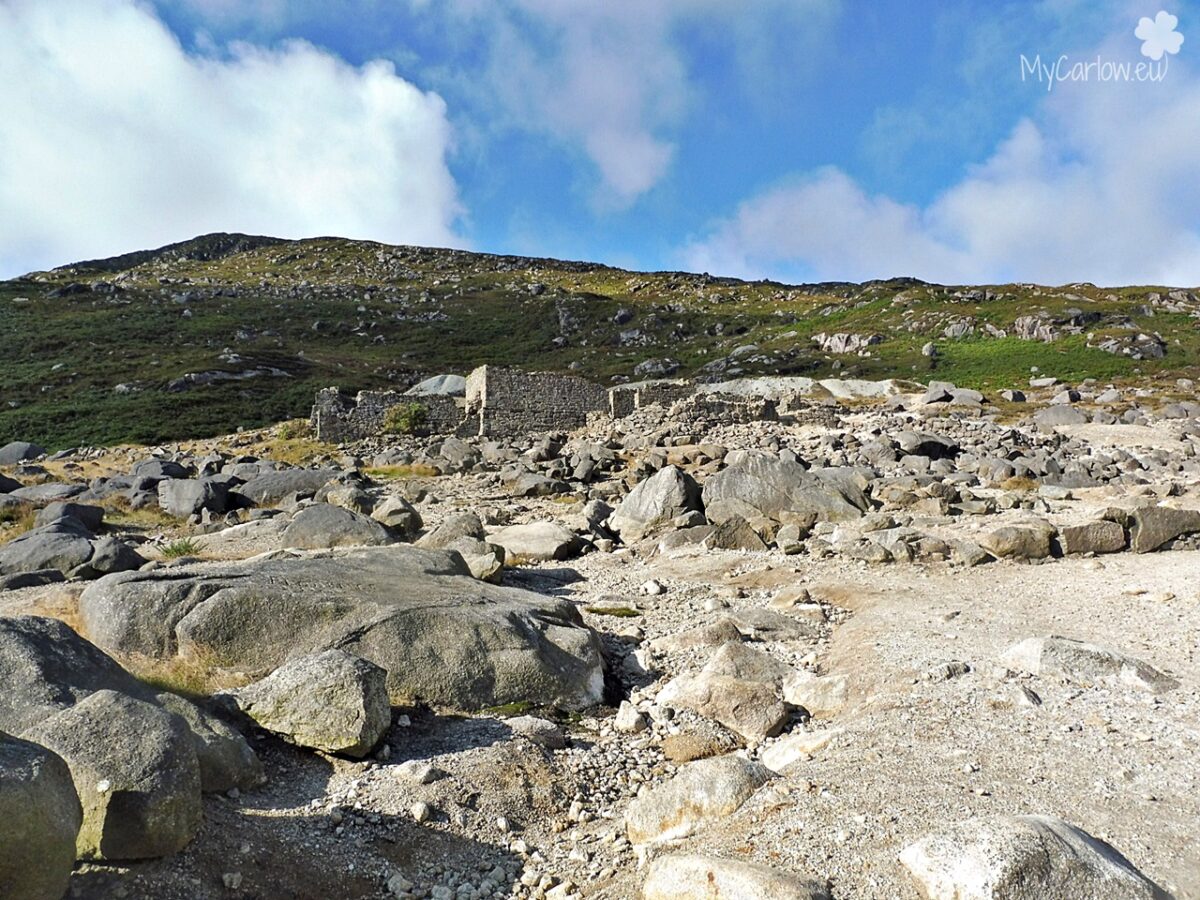
During the exploration of The Wicklow Mountains National Park, we walked to the place called the Hero Mine and Dressing Floors. Located in Glendasan Valley, County Wicklow, it is an area of archeological, historical, and natural heritage importance.
The Wicklow Mountains have a rich mining history. In Avoca mined Copper, and in Glenmalure, Glendasan, and Glendalough mined Lead. Within the Wicklow Mountains National Park, spoil heaps and ruined mining villages you can see at Glendasan (on the Wicklow Gap road) and at the Miners’ Village in Glendalough. Visitors are welcome to stroll around and explore the ruins.
Mining in Glendalough dates back to the 1790s. Lead, zinc, and silver were mined both in the Glendalough Valley and the next adjacent Valley, Glendasan. So, mining in this area took place for over 150 years. And at the peak of production, 2,000 miners were employed. Mining continued up until 1957.
The Hero Mine was opened in 1827 by the Mining Company of Ireland (1824-1890).
In 1833, New Hero was spread across the valley and the Hero dressing floor was developed. To separate the lead ore raised in this valley from its waste rock, in preparation for smelting. The Hero dressing floor displays all the significant stages of ore reduction. It is an excellent example of a nineteenth-century dressing floor and is of substantial national heritage value.
Glendalough and Glendasan valleys are now under the care of the Wicklow Mountains National Park. They care for the area’s natural flora, fauna, and surviving built heritage.
Location of Hero Mine and Dressing Floors, Glendasan:
Below are photos I took in September 2021.
